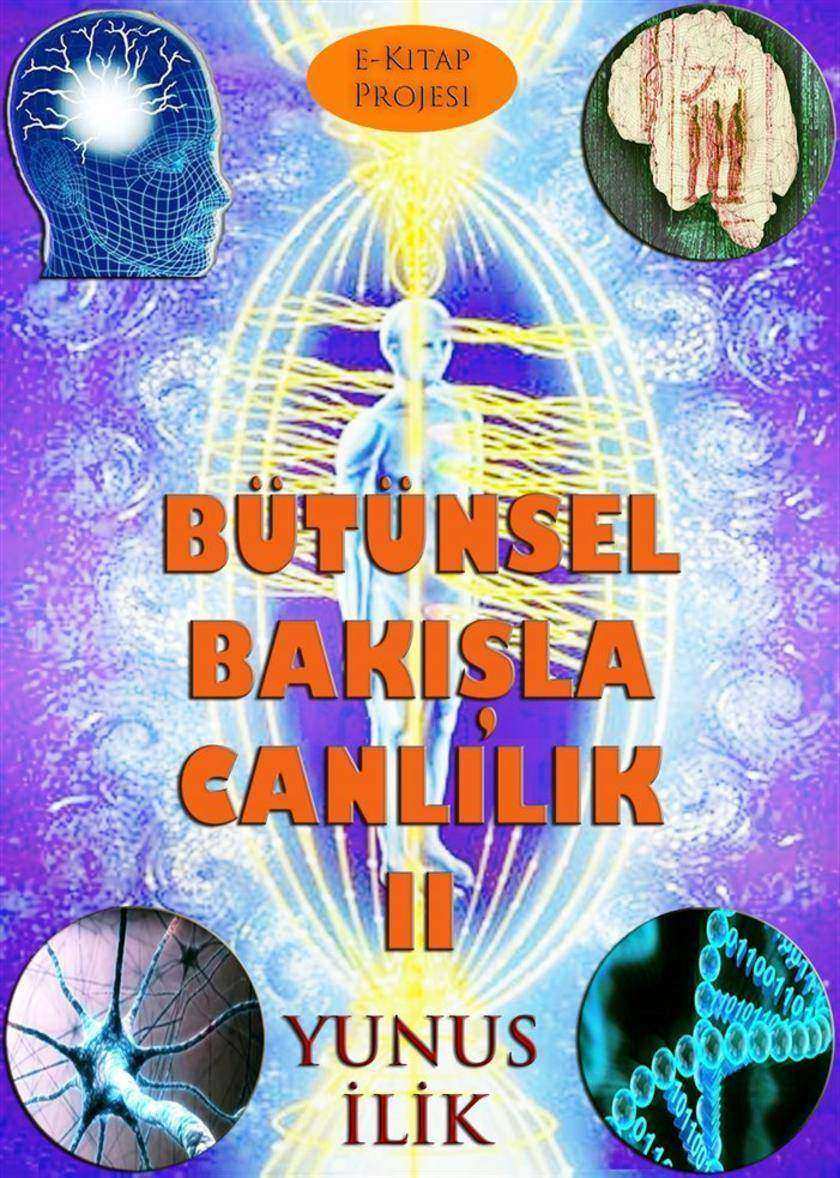
Bütünsel Bak??la Canl?l?k-II: "Madde ve Enerji, Beden ve Ruh ?li?kisi"
¥0.01
alardan beridir insanln duygularn, rüyalarn, davranlarn, düüncelerini, hemen her eyini etkileyen ve algland kadaryla sorduu baz sorularn günümüz dünyasnda anlalmaya, kaplarnn aralanp bilincimizi yeniden ekillendirmeye baladn grürken, yeni sorular oluturmaya baladmz grüyoruz. Bugünlere kadar hepimizin merak ettii sorularn bazlar unlardr: - Canllk nedir - Duygularmz nedir - Ben neyim Bunlar alglayp yorumlayabildiimiz bilin nedir - Beden ile düünce zamanda nasl balanmtr - Düüncelerimi, grdüklerimi, gzleyen nedir - Uzay nedir Nasl var olmutur - Evrende neyin ifadesiyiz - Zaman nedir - lümden sonras var mdr Ruh olarak tanmladk, zihin-beden arasnda balanty kurmaya, duygular anlamaya alrken. Bilincin, algnn ve tüm bunlarla nasl bir ilikisi olabileceini sorguladk. Genelde yle oluyor ya bütünün nce paralarn anlamaya, paralara ayrp anlamaya almann, sorunlarn izlerini sürüp bütünle olan etkileimini grmeye yneliyoruz. Zamann iinde zaman geirmemize ramen, bilincimizle, canllmzla nasl balantl olduunu grmezden geldik. Günümüz dünyasnn ulat bilgi, yaamsal deneyimlerin kaydedilip aktarlmas, izlediimiz filmlerden tutun da, deneyimlerimizin hzl etkileimiyle zaman aralklarn orduk. Snr sistemimize benzeyen internet alar oluturduk. nsanlk olarak yapay zekalar gelitirdik. Hücre ile beden benzeri; canlyla tüm canlln, ekosistemin, varln etkileim rüntüsü olduunu anlamaya baladk. Belki de oluturduumuz yeni anlamlar, gelecekte oluacaklarn paralardr. Deiim devam ediyor. Grünen o ki, canllar bu evrenin en ileri evrensel alanlardr. Soralm kendimize; Evrende canllktan daha anlaml bir ey var mdr
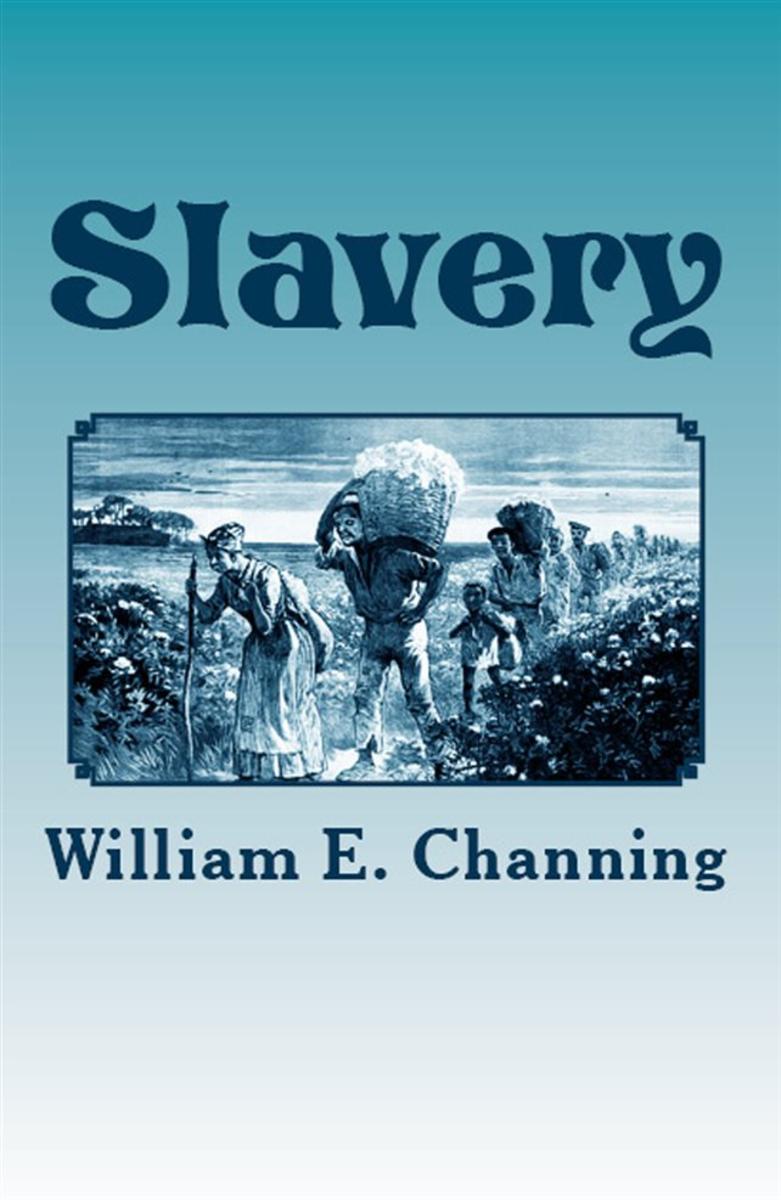
Slavery
¥27.88
The first question to be proposed by a rational being is, not what is profitable, but what is Right. Duty must be primary, prominent, most conspicuous, among the objects of human thought and pursuit. If we cast it down from its supremacy, if we inquire first for our interests and then for our duties, we shall certainly err. We can never see the Right clearly and fully, but by making it our first concern. No judgment can be just or wise, but that which is built on the conviction of the paramount worth and importance of Duty. This is the fundamental truth, the supreme law of reason; and the mind, which does not start from this in its inquiries into human affairs, is doomed to great, perhaps fatal error. The Right is the supreme good, and includes all oth-er goods. In seeking and adhering to it, we secure our true and only happiness. All prosperity, not founded on it, is built on sand. If human affairs are controlled, as we believe, by Almighty Rectitude and Impartial Goodness, then to hope for happiness from wrong do-ing is as insane as to seek health and prosperity by rebelling against the laws of nature, by sowing our seed on the ocean, or making poison our common food. There is but one unfailing good; and that is, fidelity to the Everlasting Law written on the heart, and rewritten and republished in God's Word. Slavery ought to be discussed. We ought to think, feel, speak, and write about it. But whatever we do in regard to it should be done with a deep feeling of re-sponsibility, and so done as not to put in jeopardy the peace of the slave-holding States. On this point public opinion has not been and cannot be too strongly pro-nounced. Slavery, indeed, from its very nature, must be a ground of alarm wherever it exists. Slavery and security can by no device be joined together. But we may not, must not, by rashness and passion increase the peril. To instigate the slave to insurrection is a crime for which no rebuke and no punishment can be too severe. This would be to involve slave and master in common ruin. It is not enough to say, that the Constitution is violated by any action endangering the slave-holding portion of our country. A higher law than the Constitution forbids this unholy interference. Were our national union dissolved, we ought to reprobate, as sternly as we now do, the slightest manifestation of a disposition to stir up a servile war. Still more, were the free and the slave-holding States not only separated, but engaged in the fiercest hostilities, the former would deserve the abhorrence of the world, and the indignation of Heaven, were they to resort to insurrection and massacre as means of victory. Better were it for us to bare our own breasts to the knife of the slave, than to arm him with it against his master. ? ABOUT AUTHOR William Ellery Channing (1780 – 1842) was the foremost Unitarian preacher in the United States in the early nineteenth century and along with Andrews Norton, (1786-1853), one of Unitarianism's leading theologians. He was known for his articulate and impassioned sermons and public speeches, and as a prominent thinker in the liberal theology of the day. Channing's religion and thought were among the chief influences on the New England Transcendentalists, though he never countenanced their views, which he saw as extreme. The beliefs he espoused, especially within his "Baltimore Sermon" of May 5, 1819, at the ordination of a future famous theologian and educator in his own right, Jared Sparks, (1789-1866), as the first minister (1819-1823) of the newly organized (1817) "First Independent Church of Baltimore" (later the "First Unitarian Church of Baltimore (Unitarian and Universalist)"). Here he espoused his principles and tenets of the developing philosophy and theology of "Unitarianism" resulted in the organization later in 1825 of the first Unitarian denomination in America (American Unitarian Association) and the later developments and mergers between Unitarians and Universalists resulting finally in the Unitarian Universalist Association of America in 1961. In later years Channing addressed the topic of slavery, although he was never an ardent abolitionist. Channing wrote a book in 1835, entitled, "SLAVERY" James Munroe and Company, publisher. Channing, however, has been described as a "romantic racist" in "Black Abolitionism: A Quest for Human Dignity" by Beverly Eileen Mitchell (133–38). He held a common American belief about the inferiority of African people and slaves and held a belief that once freed, Africans would need overseers. The overseers (largely former slave masters) were necessary because the slaves would lapse into laziness. Furthermore, he did not join the abolitionist movement because he did not agree with their way of conducting themselves, and he felt that voluntary associations limited a person's autonomy. Therefore, he often chose to remain separate from organizations and reform movements. This middle position characterized his attitude about

Surgical Anatomy: "With Sixty-Eight Coloured Plates"
¥37.20
The object of this work is to present to the student of medicine and the practitioner removed from the schools, a series of dissections demonstrative of the relative anatomy of the principal regions of the human body. Whatever title may most fittingly apply to a work with this intent, whether it had better be styled surgical or medical, regional, relative, descriptive, or topographical anatomy, will matter little, provided its more salient or prominent character be manifested in its own form and feature. The work, as I have designed it, will itself show that my intent has been to base the practical upon the anatomical, and to unite these wherever a mutual dependence was apparent.That department of anatomical research to which the name topographical strictly applies, as confining itself to the mere account of the form and relative location of the several organs comprising the animal body, is almost wholly isolated from the main questions of physiological and transcendental interest, and cannot, therefore, be supposed to speak in those comprehensive views which anatomy, taken in its widest signification as a science, necessarily includes. While the anatomist contents himself with describing the form and position of organs as they appear exposed, layer after layer, by his dissecting instruments, he does not pretend to soar any higher in the region of science than the humble level of other mechanical arts, which merely appreciate the fitting arrangement of things relative to one another, and combinative to the whole design of the form or machine of whatever species this may be, whether organic or inorganic. The descriptive anatomist of the human body aims at no higher walk in science than this, and hence his nomenclature is, as it is, a barbarous jargon of words, barren of all truthful signification, inconsonant with nature, and blindly irrespective of the cognitio certa ex principiis certis exorta. Still, however, this anatomy of form, although so much requiring purification of its nomenclature, in order to clothe it in the high reaching dignity of a science, does not disturb the medical or surgical practitioner, so far as their wants are concerned. Although it may, and actually does, trammel the votary who aspires to the higher generalizations and the development of a law of formation, yet, as this is not the object of the surgical anatomist, the nomenclature, such as it is, will answer conveniently enough the present purpose. The anatomy of the human form, contemplated in reference to that of all other species of animals to which it bears comparison, constitutes the study of the comparative anatomist, and, as such, establishes the science in its full intent. But the anatomy of the human figure, considered as a species, per se, is confessedly the humblest walk of the understanding in a subject which, as anatomy, is relationary, and branches far and wide through all the domain of an animal kingdom. While restricted to the study of the isolated human species, the cramped judgment wastes in such narrow confine; whereas, in the expansive gaze over all allying and allied species, the intellect bodies forth to its vision the full appointed form of natural majesty; and after having experienced the manifold analogies and differentials of the many, is thereby enabled, when it returns to the study of the one, to view this one of human type under manifold points of interest, to the appreciation of which the understanding never wakens otherwise. If it did not happen that the study of the human form (confined to itself) had some practical bearing, such study could not deserve the name of anatomical, while anatomical means comparative, and whilst comparison implies inductive reasoning. ? ABOUT AUTHOR: Joseph Maclise:FELLOW OF THE ROYAL COLLEGE OF SURGEONS I INSCRIBE THIS WORK TO THE GENTLEMENWITH WHOM AS A FELLOW-STUDENT I WAS ASSOCIATED AT THELondon University College: AND IN AN ESPECIAL MANNER, IN THEIR NAME AS WELL AS MY OWN,I AVAIL MYSELF OF THE OPPORTUNITY TO RECORD, ON THIS PAGE,ALBEIT IN CHARACTERS LESS IMPRESSIVE THAN THOSE WHICH AREWRITTEN ON THE LIVING TABLET OF MEMORY,THE DEBT OF GRATITUDE WHICH WE OWE TO THE LATE SAMUEL COOPER, F.R.S., AND ROBERT LISTON, F.R.S., TWO AMONG THE MANY DISTINGUISHED PROFESSORS OF THATINSTITUTION, WHOSE PUPILS WE HAVE BEEN,AND FROM WHOM WE INHERIT THAT BETTER POSSESSION THAN LIFEITSELF, AN ASPIRATION FOR THE LIGHT OF SCIENCE. JOSEPH MACLISE.
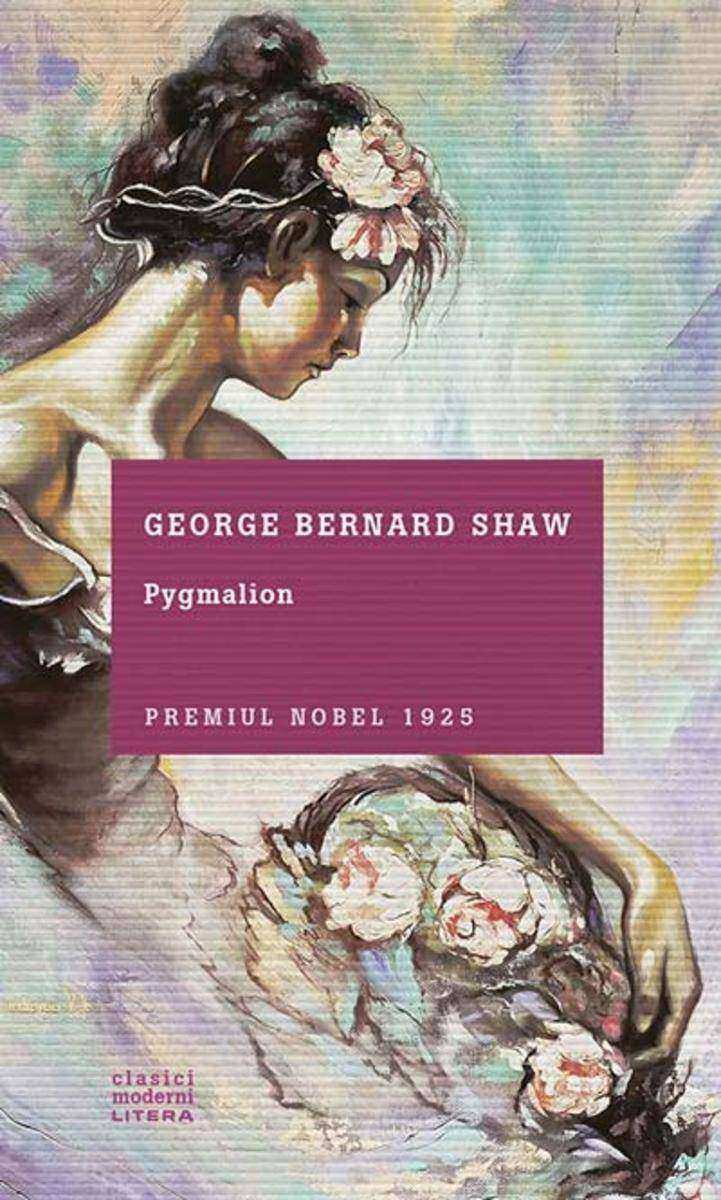
Pygmalion
¥33.03
Majoritatea deceselor cauzate de cancer ar putea fi evitate ?Marele c?l?u“ al secolului XXI, cancerul este ?n mod gre?it perceput ca o calamitate ce love?te la ?nt?mplare, o nenorocire ?mpotriva c?reia suntem neputincio?i. Cartea arat? c? exist? o leg?tur? ?ntre tabagism, surplusul de greutate, sedentarism, alimenta?ie, expunerea la razele ultraviolete, lipsa de somn ?i cancer, precum ?i c? majoritatea deceselor cauzate de aceast? boal? ar putea fi evitate prin modific?ri simple ale stilului de via??. Cele 10 reguli pentru reducerea riscurilor, izvor?te din analiza mai multor decenii de cercet?ri ?tiin?ifice, reprezint? o arm? puternic? ?mpotriva cancerului ?i le ofer? pentru prima dat? celor care au supravie?uit bolii un instrument concret de prevenire a recidivelor, ?n scopul cre?terii speran?ei de via??. ? excesul de zah?r ?i gr?simi din produsele alimentare industriale ar putea induce o dependen?? similar? celei asociate consumului de droguri ? dou? ore ?i jum?tate de activitate fizic? de intensitate moderat?, s?pt?m?nal, reduc riscul de mortalitate al bolnavilor de cancer ? cei care consum? trei por?ii de legume crucifere pe s?pt?m?n? prezint? un risc de recidiv? redus la jum?tate
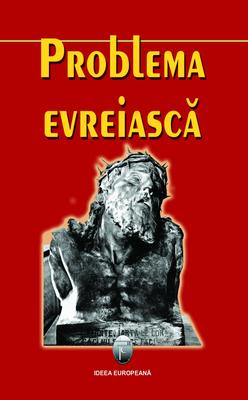
Problema evreiasc?
¥54.10
Aceast? carte con?ine informa?ii utile privind refacerea s?n?t??ii cu produse naturale ?i prin metode naturale, oferind o vedere de ansamblufundamental? pentru persoanele f?r? preg?tire medical? ?i o colec?ie de tehnici cu sfaturi utile ?n procesul de vindecare. ?n plus, aceast? lucrare ?i provoac? pe profesioni?tii din domeniul medical s? reinvestigheze impar?ial studiile din prezent ?i din trecut ?n acest domeniu, f?r? prejudec??i. Ve?i g?si date despre prevenirea ?i tratamentul: cancerului, anemiilor, artritei, SIDA, diabetului zaharat, cefaleei, bolii Alzheimer,hipertensiunii arteriale, obezit??ii, menopauzei, osteoporozei etc.

Bilin? ve Zaman
¥9.32
Her ?ey ?evresiyle etkile?imsel bütünlükte anlaml? olmaktad?r. Soral?m yine de; Bütünü par?alar?ndan fazlas? yapan nedenler nelerdir? Evrende neyin ifadesiyiz? Canl?l?k, bilin?, ruh, duygular art?k anla??labilir midir? Canl?l?k h?z farklar?ndan m? olu?maktad?r? H?zl? bile?enimiz olan elektri?in; canl?l???n ve bilincimizin olu?umunda nas?l bir etken olmaktad?r? Bizleri olu?turanlardan beden, duygular, bilin?, ruh diye tan?mlad?klar?m?z aras?nda ba?lant?lar nas?l kurulmaktad?r? Sorular?, günümüzde enerjiler aras? ba?lant?, etkile?im nas?l kurulmaktad?r? Sorusu gibi oldu?u, yani her?ey gibi onlar?nda enerji oldu?u anla??lm??t?r. Ruh olarak tan?mlad?k, zihin-beden aras?nda ba?lant?y? kurmaya, duygular? anlamaya ?al??t?k. Bilincin, alg?n?n tüm bunlarla nas?l bir ili?kisi olabilece?ini sorgulad?k. Genelde ?yle oluyor ya, bütünün ?nce par?alar?n? anlamaya, par?alara ay?r?p anlamaya ?al??man?n sorunlar?n?n izlerini sürüp bütünle olan etkile?imini g?rmeye y?neliyoruz. Zaman?n i?inde zaman ge?irmemize ra?men bilincimizle, canl?l???m?zla nas?l ba?lant?l? oldu?unu g?rmezden geldik. Günümüz dünyas?n?n ula?t??? bilgi, ya?amsal deneyimlerin kaydedilip aktar?lmas?, izledi?imiz filmlerden tutun da, deneyimlerimizin h?zl? etkile?imiyle zaman aral?klar?n? orduk. S?n?r sistemimize benzeyen internet a?lar? olu?turduk. ?nsanl?k olarak yapay zekalar geli?tirdik. Hücre ile beden benzeri; canl?yla tüm canl?l???n, ekosistemin, varl???n etkile?im ?rüntüsü oldu?unu, etkile?imsel ?rüntüde anlam? oldu?unu ??rendik. Belki de olu?turdu?umuz yeni anlamlar gelecekte olu?acaklar?n par?alar?d?r. De?i?im devam ediyor. G?rünen o ki, canl?lar bu evrenin en ileri evrensel enerji alanlar?d?r. Soral?m kendimize; Evrende canl?l?ktan daha anlaml? bir ?ey var m?d?r? Dünya bilinci ?a?lard?r. Biriktirdi?i bilgi ve deneyimlerini, olu?umun ba?lang?c?ndan itibaren nesiller boyu aktarm??, ekosistemiyle bir bütün olarak evrilmi?tir. Ula?t??? bilin? halini ?evresiyle etkile?imsel d?ngü i?inde hep yeniden ?ekillendirmi?tir. D?nü?ümsel etkile?imin hi?bir zaman?n?n ayn? olmay??? temel evrensel durumun etkisiyle de zamanda evrilmi? ve günümüz dünyas?n?n paradigmas?na ula?m??t?r. Evrimsel ?rüntüye paralel geli?en teknolojik entegrasyonla bilgi, zamanda ?ok yo?un etkile?ebilmi?tir. Dünya üzerinde artan s?n?r hücresi say?s? yani artan canl? say?s?n?n olumlu bir yan? ise, bilginin etkile?imini art?rm?? olmas?d?r. Platon’un idealar dünyas?nda var olan?n kendi ba??na var olamayaca??n?, var olan?n ?ncül bir mükemmeli olmal? dü?üncesiyle hareket etti?i g?rülüyor. Bu dü?ünceye bi ele?tiriyle ba?lay?p daha sonra ele?tiriyide ele?tirelim. Diyelim ki bu dü?ünceye evrimin, zaman?n itiraz? var. Buna b?yle devam edersek ba?lang?? i?inde, uzaylar i?inde ba?layan evrenler olsa bile bugünki mant?k yine en ba?a d?nmemizi s?ylüyor. Yani ilk nas?l olu?tu? Bu olu?um ?ncesi uzay diyeyim en mükemmel saf hali olan B?R nas?l olu?tu. 1’de ise hi?bir ?zellik olmamal? yani nas?l olurda idea’lar oradan kaynaklan?r. Demek ki varl?k olu?umu bi süre?, evrim olur gibi. Sondan ba?a d?nsekte bi süre?, ba?tan ba?lam?? olsakta bi süre?. Bu ifadeler B?R d?ngüsü i?inde do?ru olabilir. ?dealar nereden geldi ?ünki sonu? olarak idealar B?R de olmamal? ?ünkü B?R farkl?l?k bar?nd?rm?yor. Asl?nda her ?eyi B?R kapsar, o kaynak potansiyeller alan?d?r. Haliyle her ?eyle ayn? alandad?r. Bi nevi potansiyeller alan?yla varl?k ayn? ?eydir, benzerdir. O halde Platon’un idealar kuram?n?n kayna?? ve kendisi bu evrendedir, bu evrendir. Günümüz bilim dünyas?nda ?oklu evrenler dü?üncesi olduk?a yayg?nd?r. O halde evrenlerin oldu?u daha dev uzaysal kaynaklar, alanlar olmal?d?r. ??te B?R belkide bizimde i?inde evrildi?imiz vede k?smen farkl?la?t???m?z her ?eyin kayna??, alan?d?r. Evren büyük tabii ancak büyüklük hep yan?lt?c? olmaya devam etmi?tir. Belkide hiper bir uzay hatta uzaylar alan?nda olabiliriz. Belki ama e?er do?ru b? dü?ünce ?ekliyse bu ilk soruyu yinede de?i?tirmiyor. ?lk ba?lang?? diye bir ?ey var m??
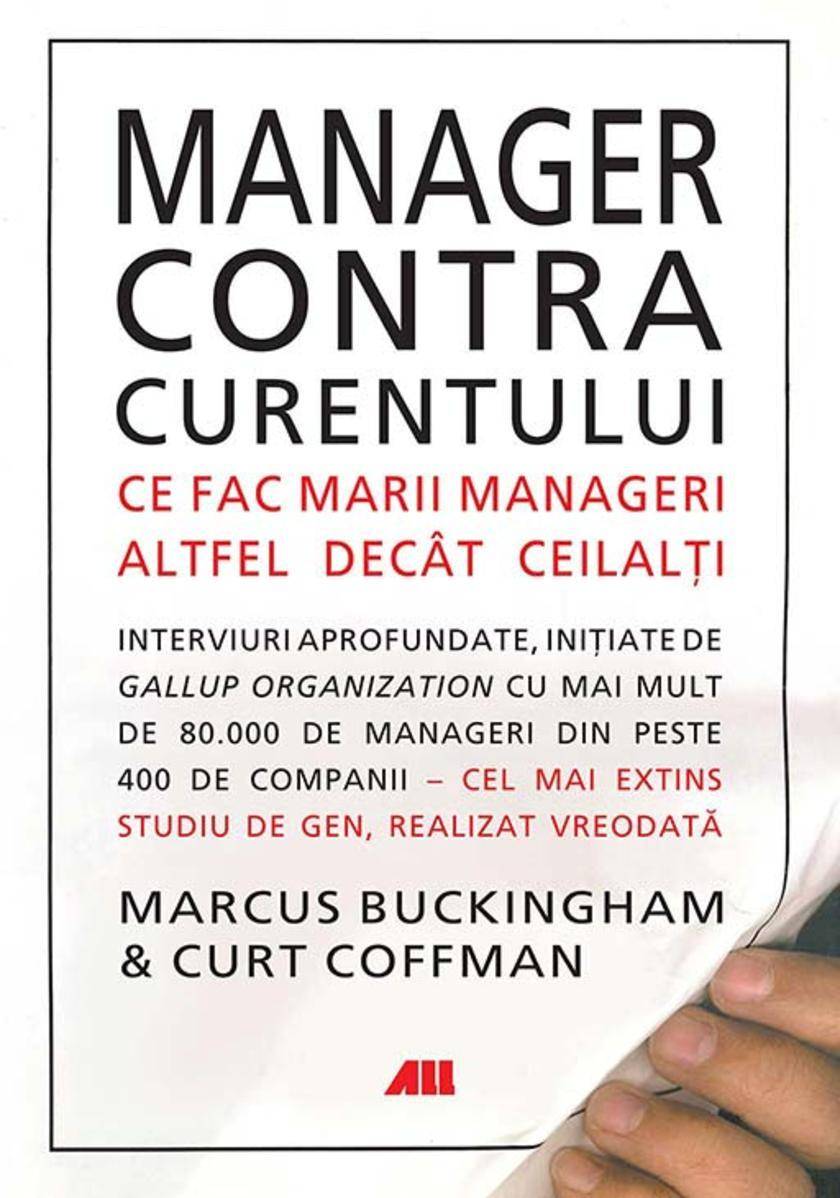
Manager contra curentului. Ce fac marii manageri altfel dec?t ceilal?i
¥73.49
Acest suport de curs este destinat elevilor ?colilor postliceale sanitare c?t ?i personalului mediu din sistemul sanitar., respect?nd programa de preg?tire. Este structurat ?n ?ase capitole: (1) Simptomatologia afec?iunilor ortopedico-traumatice; (2). Afec?iuni congenitale; (3) Infec?ii osoase; (4).Osteoporoza; (5) Tumori osoase; (6) Traumatologie.Pentru a detecta corect problemele reale ?i a decide care este cea mai bun? metod? de ?ngrijire, personalul medical cu preg?tire medie trebuie s? ?tie s? abordeze principalele afec?iuni ortopedico-traumatice. Cei care ??i ?nsu?esc principiile ?i normele expuse ?n acest volum vor fi capabili s? identifice ?i s? ?ncadreze corect semnele ?i simptomele, vor cunoa?te principalele investiga?ii recomandate, precum ?i m?surile de prevenire ?i tratamentul necesar pentru recuperarea bolnavilor care sufer? de aceste afec?iuni.
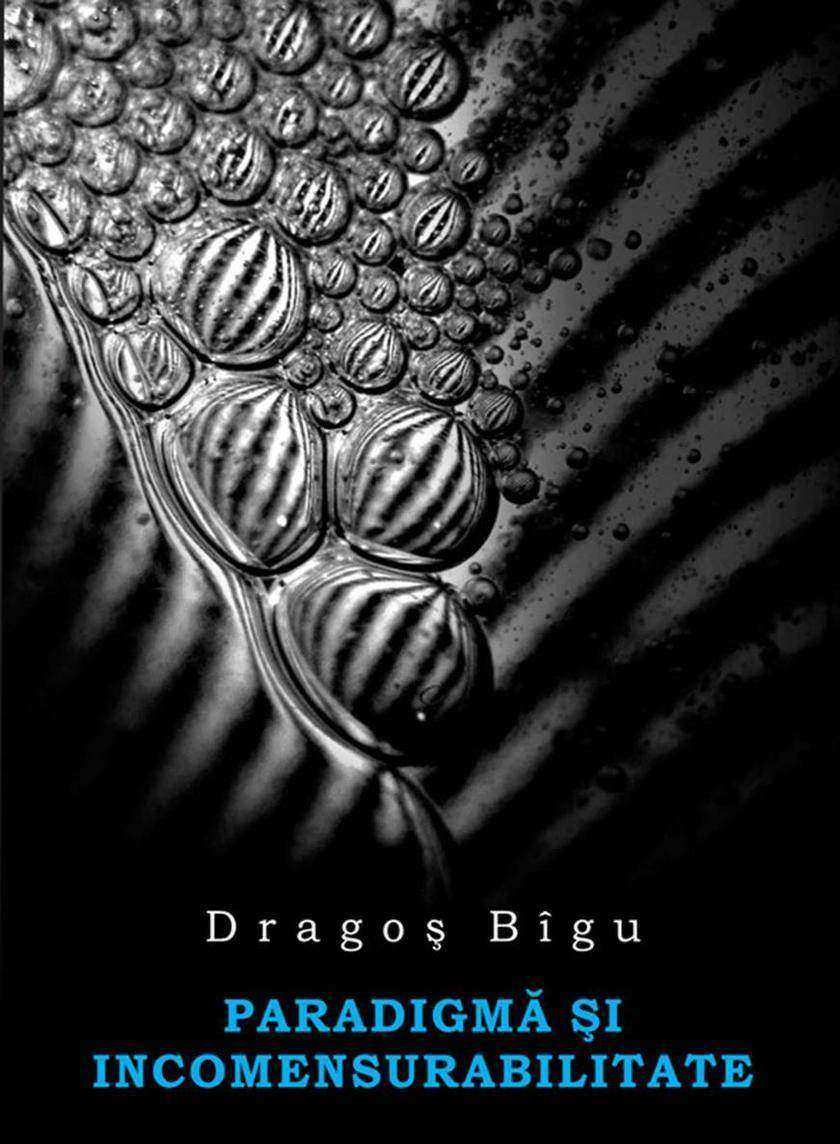
Paradigm? ?i incomensurabilitate
¥24.44
Aceast? carte, bazat? pe 20 de ani de cercetare clinic? ?i ?tiin?ific? ?n ce prive?te rolul apei ?n organism, prezint? descoperirea extraordinar? c? deshidratarea cronic? neinten?ionat? produce stres, dureri cronice ?i multe boli degenerative ?nso?ite de durere. Gura uscat? nu este singurul semn de deshidratare; este gre?it s? a?tepta?i p?n? vi se face sete. Ve?i afla care sunt semnalele emise de organism c?nd duce lips? de ap?. Corectarea aportului de ap? – da, de ap?! ap? natural?, c?t mai curat? – v? poate ajuta s? tr?i?i mai s?n?tos, bucur?ndu-v? de o via?? lipsit? de durere. Ve?i ?nv??a: cum s? preveni?i ?n mod natural boli precum astmul bron?ic, alergiile, hipertensiunea arterial?; cum s? ameliora?i durerile, inclusiv pirozisul, durerea de spate, durerea artritic?, durerea din colit? ?i migrenele; cum s? folosi?i apa pentru a preveni ?i combate ?mb?tr?nirea prematur?; cum s? elimina?i f?r? efort kilogramele ?n plus, natural ?i f?r? restric?ii alimentare.

Life and Habit
¥27.88
One more point deserves notice. Butler often refers in “Life and Habit” to Darwin’s “Variations of Animals and Plants under Domestication.” When he does so it is always under the name “Plants and Animals.” More often still he refers to Darwin’s “Origin of Species by means Natural Selection,” terming it at one time “Origin of Species” and at another “Natural Selection,” sometimes, as on p. 278, using both names within a few lines of each other. Butler was as a rule scrupulously careful about quotations, and I can offer no explanation of this curious confusion of titles.? Since Samuel Butler published “Life and Habit” thirty-three [vii] years have elapsed—years fruitful in change and discovery, during which many of the mighty have been put down from their seat and many of the humble have been exalted. I do not know that Butler can truthfully be called humble, indeed, I think he had very few misgivings as to his ultimate triumph, but he has certainly been exalted with a rapidity that he himself can scarcely have foreseen. During his lifetime he was a literary pariah, the victim of an orga-nized conspiracy of silence. He is now, I think it may be said without exaggeration, universally accepted as one of the most remarkable English writers of the latter part of the nineteenth century. ??I will not weary my readers by quoting the numerous tributes paid by distinguished contemporary writers to Butler’s originality and force of mind, but I cannot refrain from illustrating the changed attitude of the sci-entific world to Butler and his theories by a reference to “Darwin and Modern Science,” the collection of essays published in 1909 by the University of Cambridge, in commemoration of the Darwin centenary. ??In that work Professor Bateson, while referring repeatedly to Butler’s biological works, speaks of him as “the most brilliant and by far the most interesting of Darwin’s opponents, whose works are at length emerging from oblivion.” ??R. A. STREATFEILD.?November, 1910.

A Tangled Tale: "The Mathematical Recreations of Lewis Carroll for Childs"
¥27.80
TO MY PUPIL.?Beloved pupil! Tamed by thee,?Addish-, Subtrac-, Multiplica-tion,?Division, Fractions, Rule of Three,?Attest thy deft manipulation!??Then onward! Let the voice of Fame?From Age to Age repeat thy story,?Till thou hast won thyself a name?Exceeding even Euclid's glory!??This Tale originally appeared as a serial in The Monthly Packet, beginning in April, 1880. The writer's intention was to embody in each Knot (like the medicine so dexterously, but ineffectually, con-cealed in the jam of our early childhood) one or more mathematical questions "in Arithmetic, Algebra, or Geometry, as the case might be" for the amusement, and possible edification, of the fair readers of that Magazine.?LEWIS CARROLL???"Goblin, lead them up and down."???The ruddy glow of sunset was already fading into the sombre shadows of night, when two travellers might have been observed swiftly—at a pace of six miles in the hour—descending the rugged side of a mountain; the younger bounding from crag to crag with the agility of a fawn, while his companion, whose aged limbs seemed ill at ease in the heavy chain armour habitually worn by tourists in that district, toiled on painfully at his side.??As is always the case under such circumstances, the younger knight was the first to break the silence.?"A goodly pace, I trow!" he exclaimed. "We sped not thus in the ascent!"??"Goodly, indeed!" the other echoed with a groan. "We clomb it but at three miles in the hour."?"And on the dead level our pace is——?" the younger suggested; for he was weak in statistics, and left all such details to his aged companion.?"Four miles in the hour," the other wearily replied. "Not an ounce more," he added, with that love of metaphor so common in old age, "and not a farthing less!"??"'Twas three hours past high noon when we left our hostelry," the young man said, musingly. "We shall scarce be back by supper-time. Perchance mine host will roundly deny us all food!"?"He will chide our tardy return," was the grave reply, "and such a rebuke will be meet."?"A brave conceit!" cried the other, with a merry laugh. "And should we bid him bring us yet another course, I trow his answer will be tart!"
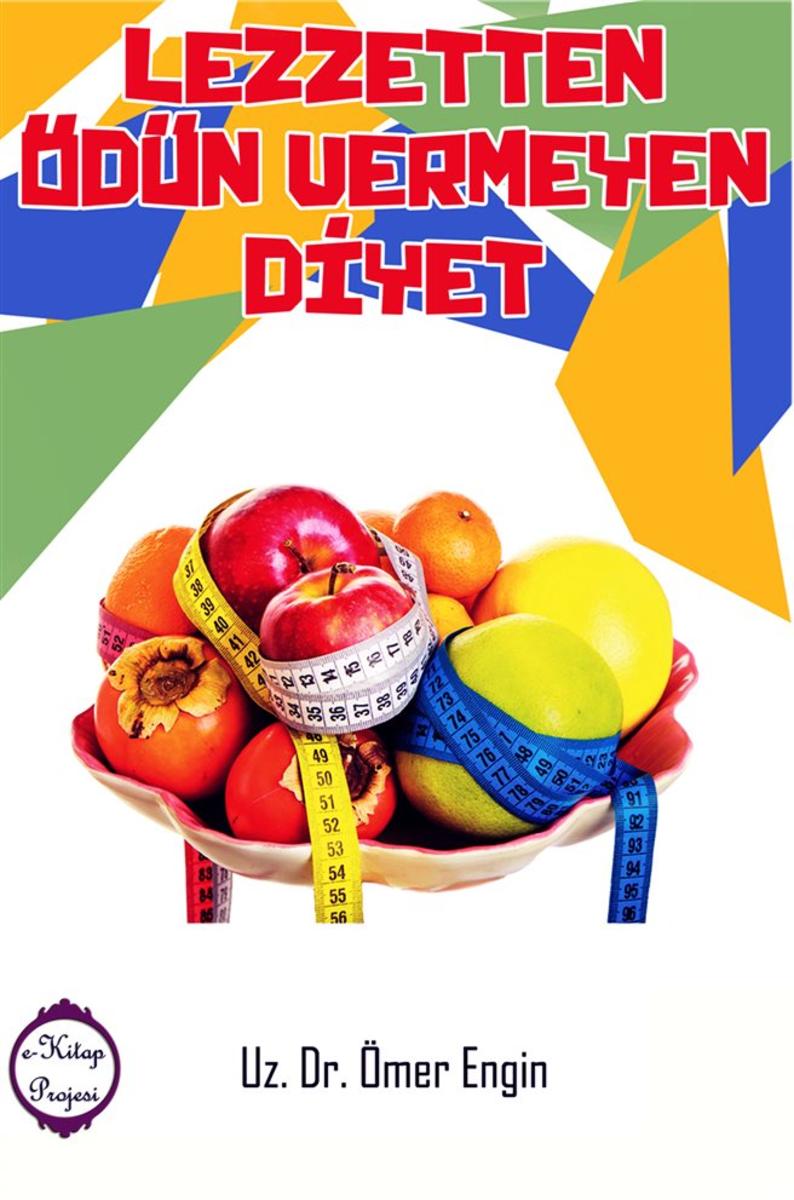
Lezzetten ?dün Vermeyen Diyet
¥27.88
Pek ?ok diyet program? ve kitab? sizlere diyet listeleri vermekte bunlar? uygulaman?z? sizlerden istemektedir. Peki siz bu listeleri uygulayabiliyor musunuz? ?al??t???n?z yerde tabldot yemek servisi yapan g?revliye bu listeleri verebiliyor musunuz? D??ar?da büfede veya lokantada yemek yerken garsondan sizin günlük diyet listenizi size haz?rlamas?n? isteyebiliyor musunuz? Günlük hayatta uygulayamad???n?z bu listelerin size ne faydas? var? Biz size liste vermeyece?iz. Biz sizi diyet listelerine uymak zorunda b?rakmayaca??z, sizin günlük ya?amda ?evrenizde size sunulan yemekleri nas?l diyetinize uygun hale getirilebilece?ini g?stermek istiyoruz.Kitab?m?z? haz?rlarken hekimlik bilgilerimizi de sizlere sunmay? ama?lad?k. Kitab?n haz?rlanmas?nda bana yard?mc? olan sevgili e?im Uzm. Dr. Candan Engin’e ?ok te?ekkür ediyorum.Kitab?m?z? olabildi?ince k?sa tutmay? hedefledik. Uzun yaz?lan kitaplar okuyucuya s?k?c? gelebiliyor ve kitap ?zümsenme-yebiliyor. Amac?m?z sizi s?kmadan gerekli bilgileri verebilmektir.Keyifli okumalar dile?iyle, Uz. Dr. ?mer Engin Genel Cerrahi Uzman?
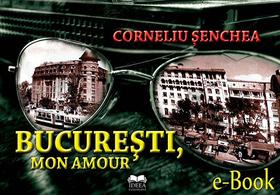
Bucure?ti, mon amour
¥61.83
Semiologia este piatra fundamental? a diagnosticului. Informa?iile anamnestice orienteaz?, datele clinice fundamenteaz?, iar datele de laborator confirm? diagnosticul.Cursul de semiologie medical? ??i propune s? ?narmeze asistentul medical cu metode ?i tehnici de examinare a pacientului ?i, ?n acela?i timp, cu mijloace ?i c?i de a descoperi semnele ?i simptomele ?i a le interpreta ?n mod corespunz?tor cu scopul de a aprecia corect ?i rapid diagnosticul clinic pentru a interveni eficient ?n sprijinul redob?ndirii/amelior?rii s?n?t??ii pacientului. Este structurat ?n trei capitole: (1) Utilizarea terminologiei medicale ?n efectuarea anamnezei; (2) Modific?rile observate de asistenta medical? la inspec?ia general? ?i (3) Manifest?ri cauzate de diferite afec?iuni. La sf?r?it, exist? o sec?iune de teste pentru evaluarea cuno?tin?elor.Datorit? nevoii permanente de cunoa?tere ?i perfec?ionare a asistentului medical, ca ?i a tuturor profesioni?tilor din domeniul s?n?t??ii, aceast? carte este extrem de util? elevilor ?colilor sanitare postliceale.
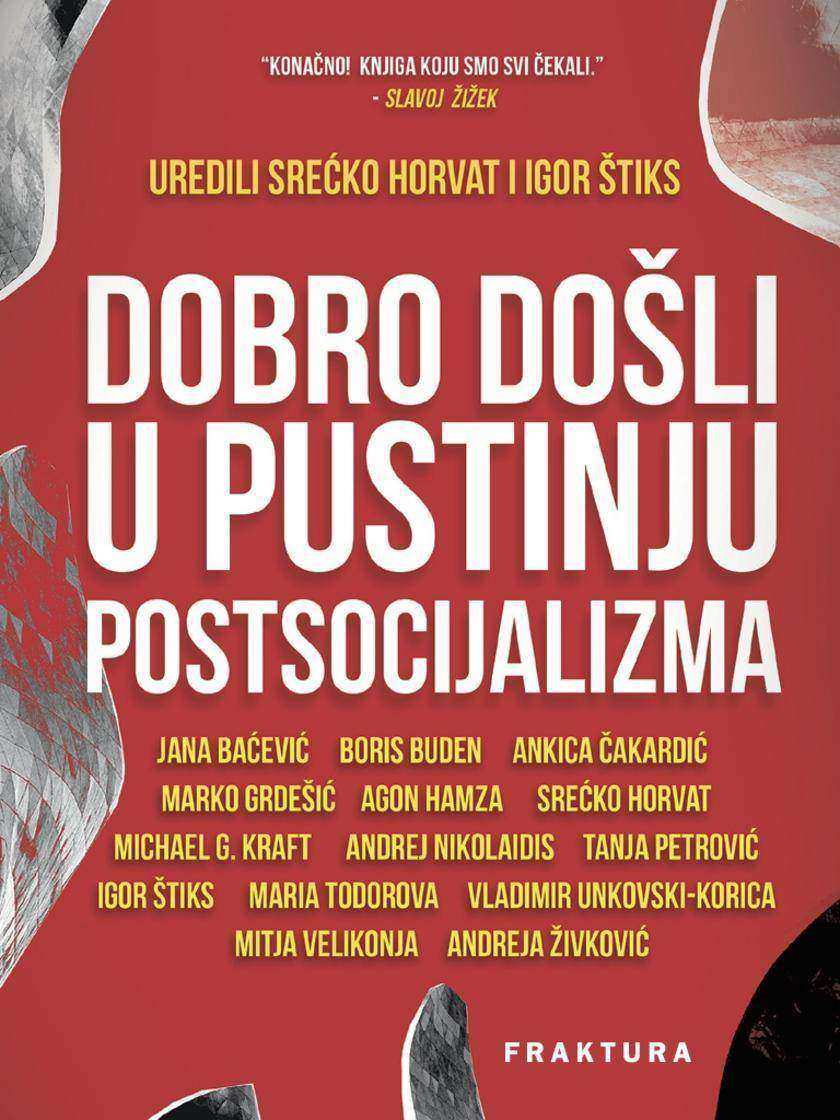
Dobro do?li u pustinju postsocijalizma
¥160.80
Reducerea efectelor adverse ale chimioterapiei i radioterapiei Creterea beneficiilor tratamentelor ntrirea sistemului imunitar Meninerea energiei i a vitalitii STIMULAI-V CAPACITATEA NATURAL DE A LUPTA MPOTRIVA CANCERULUI Dumneavoastr sau cineva apropiat ai fost diagnosticat cu cancer. Dei oncologul v va prescrie un tratament care poate include chimioterapie i radioterapie, trebuie s nelegei c aceste arme puternice au adesea consecine nedorite, chiar periculoase, pentru care, aa cum arat cele mai recente cercetri, avei nevoie de un puternic fundament nutriional ca s le facei fa. O alimentaie corect, cu proporii echilibrate de hran sntoas, vitamine i minerale i suplimente nutriionale, v va oferi, alturi de chimioterapie i radioterapie, o arm extraordinar de puternic n lupta mpotriva bolii. Autorul, medic american respectat i asistent universitar de neurochirurgie, v arat ct de uor v putei fortifica organismul n aceast perioad critic. Vei afla, printre altele: Care dintre alimentele pe care le consumai zilnic au proprieti redutabile de lupt mpotriva cancerului i cum s le pregtii cel mai bine. Ce suplimente v pot spori – sau scdea – ansele de nsntoire. Cum pot crete anumite grsimi i uleiuri capacitatea natural de aprare a organismului. Despre aciunea extraordinar a flavonoidelor, care sporesc eficacitatea chimioterapiei, adugnd un strat protector celulelor sntoase. Cum s facei fa problemelor specifice cu care se confrunt pacienii suferinzi de cancer – oboseala, cderea prului, scderea n greutate, afeciunile digestive i alte efecte secundare.
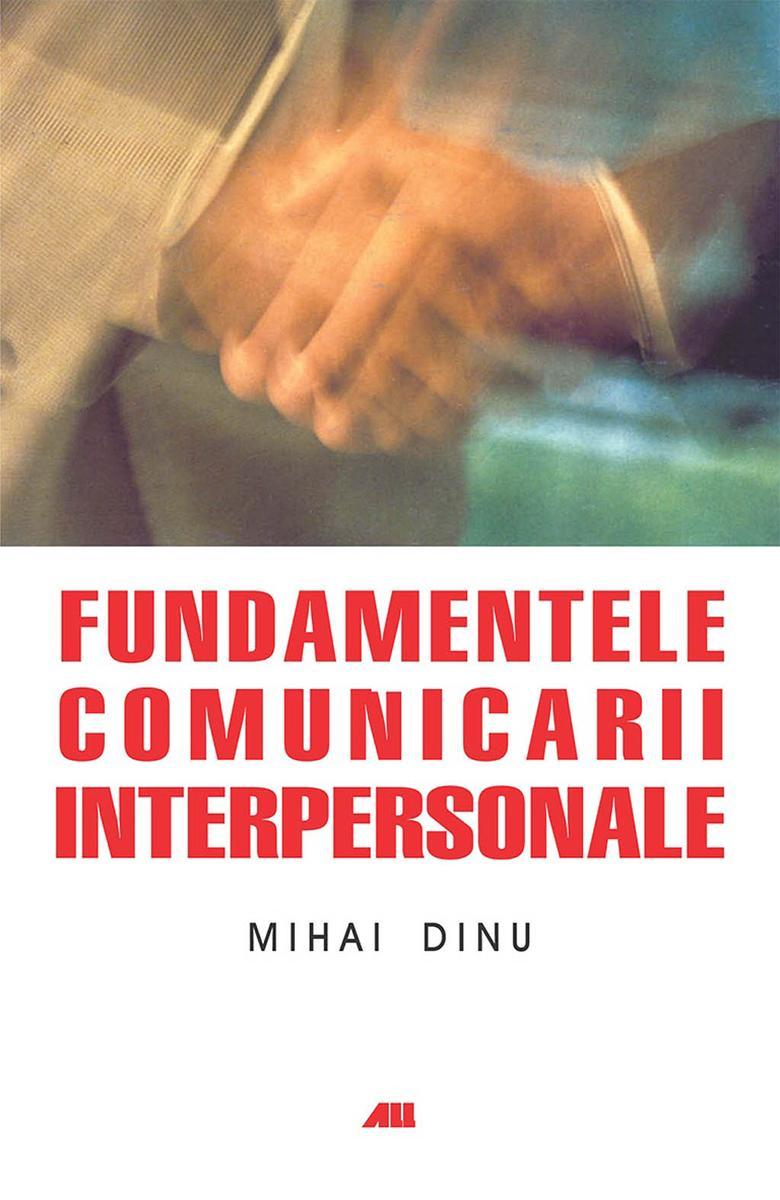
Fundamentele comunic?rii interpersonale
¥48.97
Puericultur? ?i pediatrie pentru asisten?i medicali ofer? elevilor ?colilor postliceale sanitare un instrument de studiu al particularit??ilor fiziologice ?i patologice ale copilului, necesar identific?rii nevoilor fundamentale ale copilului s?n?tos ?i bolnav ?i aplic?rii tehnicilor specifice de ?ngrijire a acestuia.Aceast? carte se dore?te a fi un ghid teoretic pentru elevii ?i asisten?ii medicali care ?ngrijesc copii ?n diverse perioade de dezvoltare, pornind de la premisa c? un copil nu este un adult ?n miniatur?.Lucrarea este astfel conceput? ?nc?t informa?ia oferit? s? acopere cerin?ele programei analitice, s? fie simplu de accesat ?i s? fie u?or de ?n?eles.
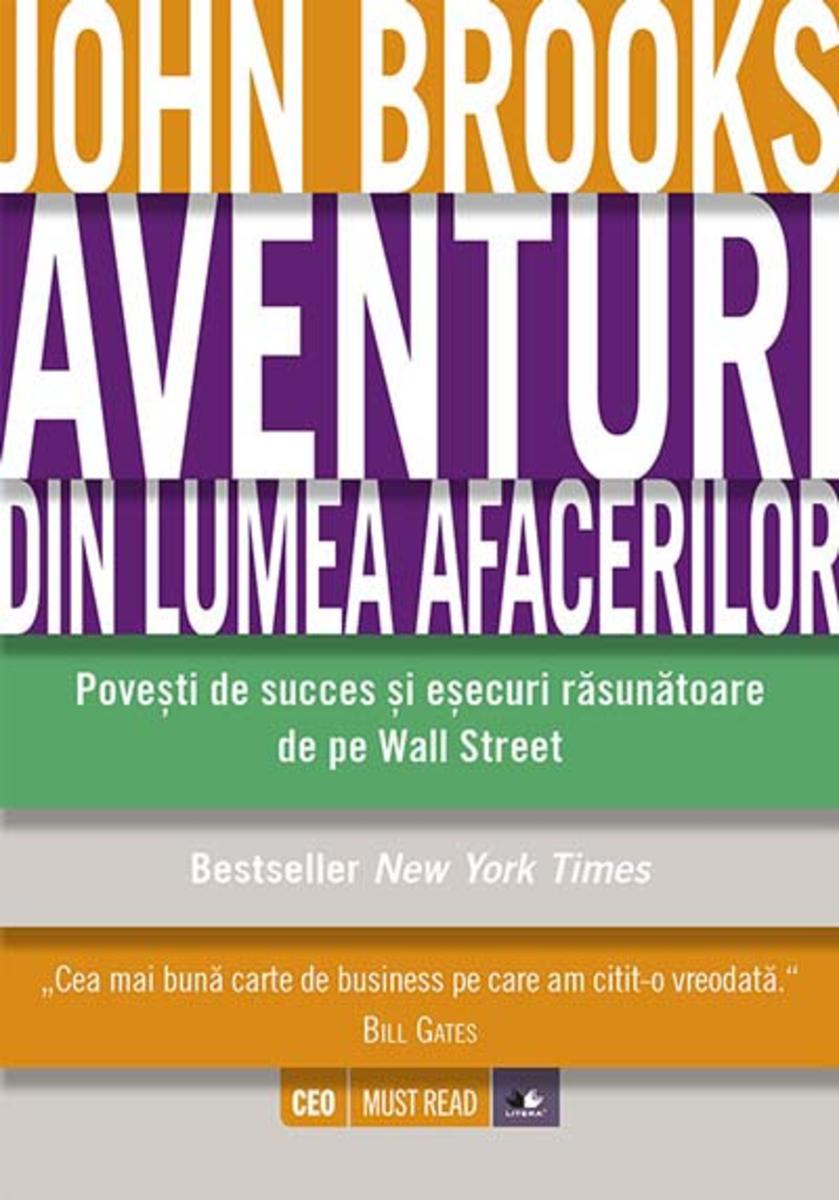
Aventuri din lumea afacerilor. Pove?ti de succes ?i e?ecuri r?sun?toare de pe Wa
¥86.00
Bazat? pe studii ?tiin?ifice care au demonstrat c?t de periculos este zah?rul De ce m?nc?m at?t de mult zah?r? Care sunt pericolele sale ascunse? Ce putem face pentru a renun?a la dependen?a de el? Savantul John Yudkin a fost primul care a demonstrat ?tiin?ific c? zah?rul este nociv pentru s?n?tatea noastr?, avertiz?nd despre leg?tura dintre acesta ?i cariile dentare, gut?, afec?iunile autoimune, boala coronarian? ?i cancer. Cartea sa ne arat? c? zah?rul, aflat ?n cantit??i din ce ?n ce mai mari ?n alimenta?ia noastr?, nu este deloc un pericol de neglijat. Un avertisment valabil ?n prezent mai mult dec?t oric?nd. ?O ?ncercare curajoas? de a ne avertiza cu privire la pofta noastr? de dulce.“ – The British Medical Journal
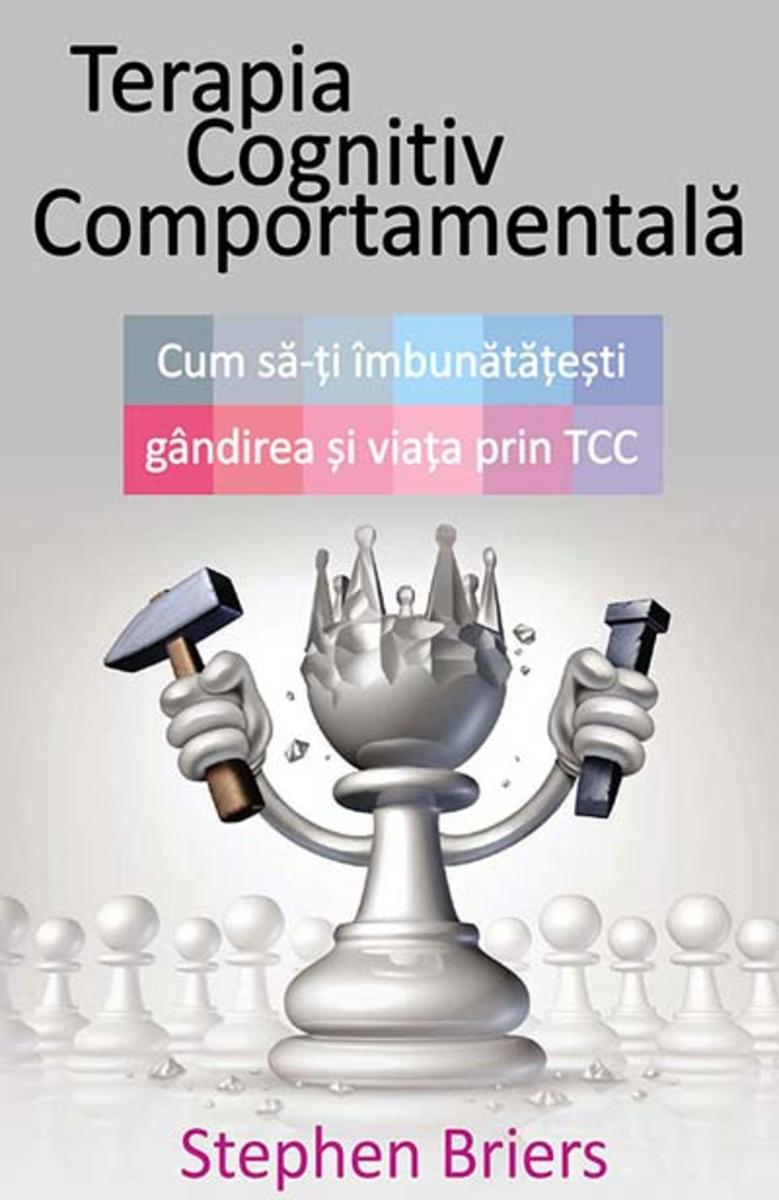
Terapia Cognitiv Comportamental?. Cum s?-?i ?mbun?t??e?ti via?a prin TCC
¥81.67
Psihocardiologia constituie o apari?ie editorial? inedit? ?n literatura medical? ?i psihologic? rom?neasc?, eviden?iind o rela?ie legitim? ?i plin? de aplica?ii practice ?ntre cele dou? specialit??i. Asocierea reu?it? ?ntre dou? personalit??i – profesorii Ioan-Bradu Iamandescu ?i Crina Julieta Sinescu de la UMF ?Carol Davila“, Bucure?ti – a f?cut posibil? realizarea acestei lucr?ri de mare amploare care abordeaz? domeniul psihocardiologiei. Profesorul Ioan-Bradu Iamandescu, personalitate a medicinei academice rom?ne?ti, primul profesor de Psihologie medical? ?i Psihosomatic?, s-a remarcat prin contribu?ii deosebite la statutul psihocardiologiei ca o ramur? distinct? a psihosomaticii, cu un cadru nosologic bine definit ?i cunoscut. El se num?r? printre marile personalit??i care s-au preocupat de ?mbun?t??irea ?nv???m?ntului clinic bazat pe o g?ndire modern? de orientare biopsihosocial? ?n practica medicinei. Prezen?? binecunoscut? ?n cardiologia din ?ara noastr?, prof. dr. Crina Julieta Sinescu a dovedit deplin? ?n?elegere pentru problematica psihocardiologiei, ?ncuraj?nd ?i particip?nd la realizarea unor cercet?ri referitoare la etiopatogenia psihosomatic? a hipertensiunii arteriale ?i a bolii cardiace ischemice, desf??urate ?n clinica pe care o conduce la spitalul ?Bagdasar-Arseni“. A oferit numeroase sugestii rezultate din observa?ia clinic? psihologilor cu care a elaborat ?n comun c?teva capitole ale acestei c?r?i. Lucrarea se adreseaz? ?n primul r?nd psihologilor clinicieni ?i corpului medical – ?n special cardiologilor, interni?tilor ?i medicilor de familie – dar ?i publicului larg, care cuprinde un mare num?r de bolnavi cardiaci, inclusiv aceia ??n devenire“, ce ar putea beneficia de cuno?tin?ele desprinse din paginile c?r?ii spre a preveni sau ?ncetini instalarea unei boli cardiace.
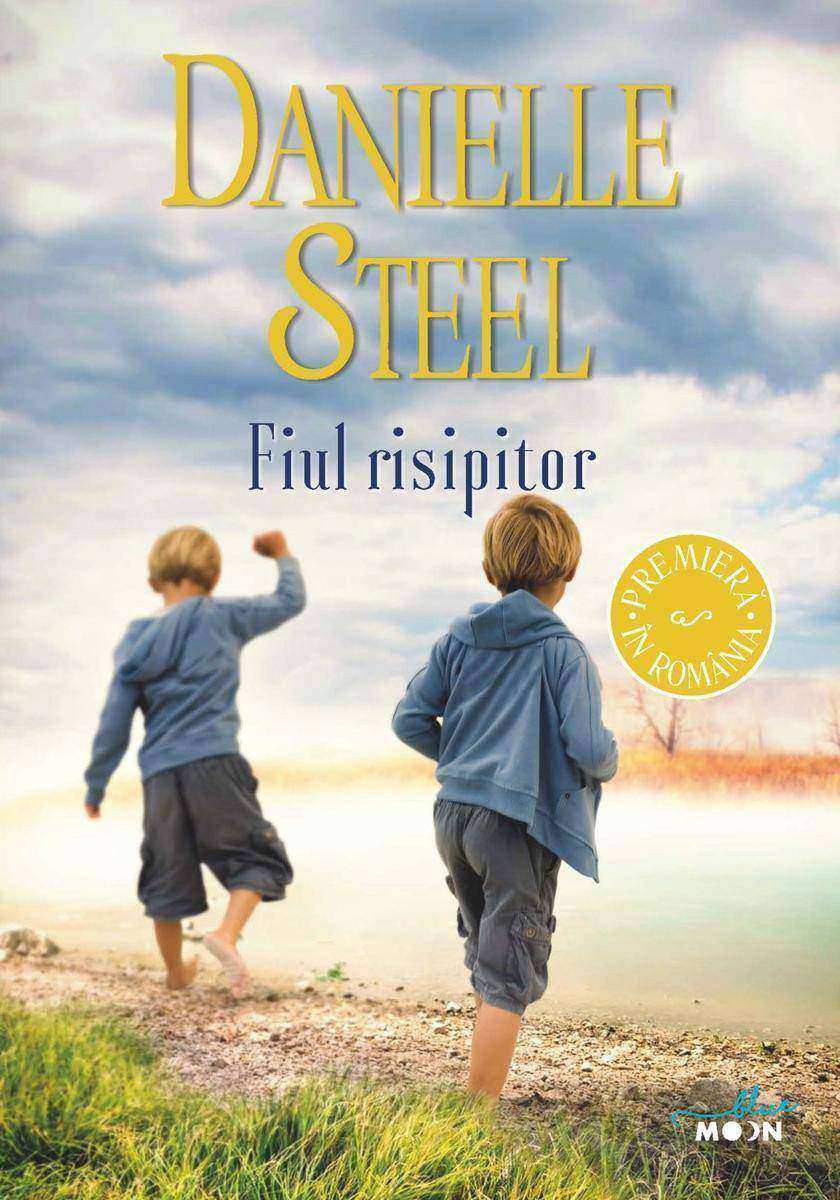
Fiul risipitor
¥68.75
Se spune c? ?nceputurile pot fi uneori ca o cea?? de nep?truns. A?a este ?i cazul acestei pove?ti, care ?ncepe cu apari?ia unei noi specii, probabil ?n urm? cu dou? mii de ani. Specia nu are ?nc? un nume – nimic nu are ?nc? unul – dar are capacitatea de a numi lucruri.Asemenea oric?rei alte noi specii, starea acesteia este fragil?. Num?rul membrilor s?i este mic, iar teritoriul pe care ?l ocup? este redus la o bucat? din estul Africii. Popula?ia sa cre?te treptat, dar apoi, destul de probabil, aceasta se diminueaz? din nou – unii ar spune c? asta se ?nt?mpl? ?ntr-un mod aproape fatal – ajung?nd la doar c?teva mii de perechi.Membrii speciei nu sunt neap?rat foarte rapizi sau puternici sau fertili. Ei sunt ?ns? nemaipomenit de descurc?re?i. Progresiv, ei ?ncep s? exploreze teritorii cu diferite climate, diferi?i pr?d?tori ?i diferite tipuri de v?nat. Nici una dintre constr?ngerile aduse de habitat sau de geografia locului nu pare s? ?i afecteze prea tare.
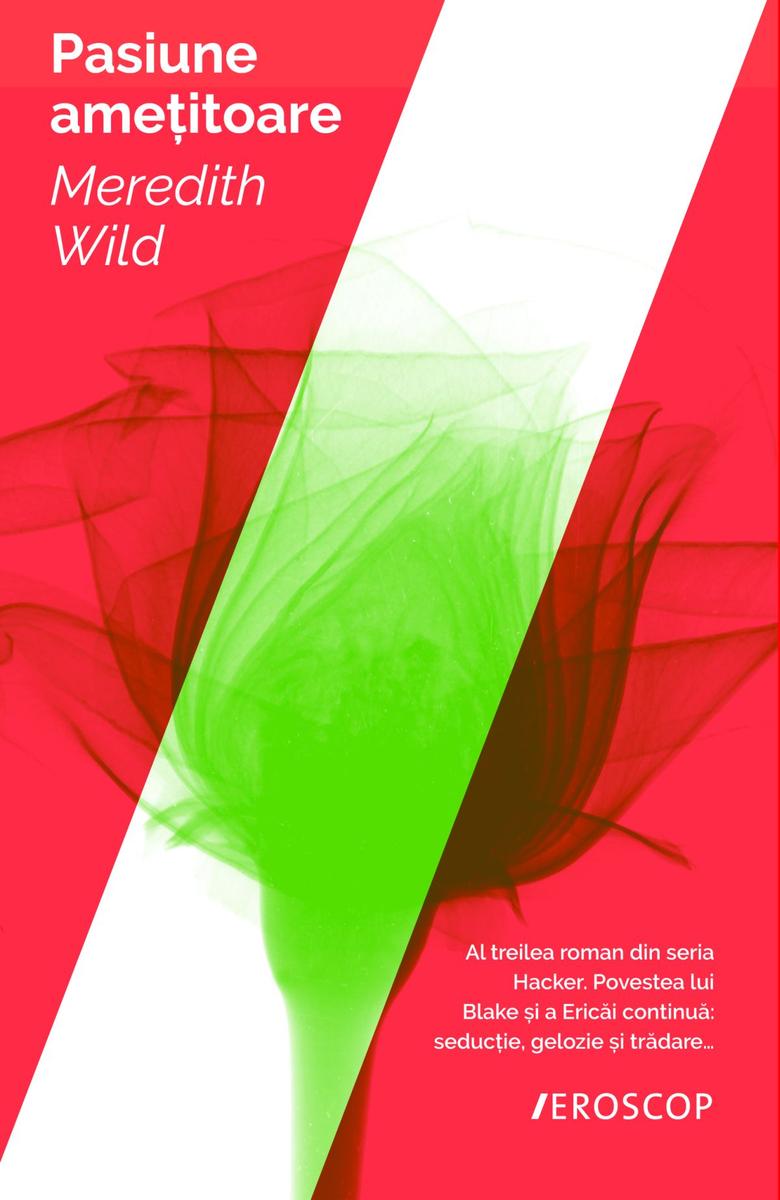
Pasiune ame?itoare
¥65.32
Controlul ?tiin?ific al traducerii: Andrei Dumbrav? De ce mitul ?b?rbatului-v?n?tor" e doar un mit? De ce femeia a fost cea care a jucat rolul esen?ial ?n dezvoltarea speciei noastre? Cum am dob?ndit capacitatea de a compune muzic? complex? sau de a citi? R?spunsul la ?ntreb?rile de baz? ale neurologiei se g?se?te ?n remarcabilele cercet?ri asupra creierului ?i asupra felului ?n care a evoluat acesta, prezentate ?n cartea de fa?? ?n care un neorolog prezint? viziunea sa asupra evolu?iei – modul ?n care a evoluat sistemul nostru nervos ?i cum aceast? evolu?ie a modelat specia, capacit??ile noastre, bolile pe care le avem ?i calea prin care am ajuns ceea ce suntem azi. Diferite aspecte ale acestei teme sunt ilustrate cu vignete clinice despre ni?te pacien?i interesan?i ?i uneori de-a dreptul stranii, selectate din experien?a clinic? a autorului.?

Ultima scapare
¥90.84
O colec?ie de peste patruzeci dintre eseurile preferate ale lui Tyson, Moartea ?ntr-o gaur? neagr? abordeaz? nenum?rate subiecte, de la firavele eforturi ale industriei filmului de a crea cerul ?nstelat, p?n? la ce-ar ?nsemna s? te afli ?n interiorul unei g?uri negre.?Cel mai cunoscut astrofizician al Americii, Tyson este un profesor ?nn?scut, care ?tie s? explice pe ?n?elesul tuturor teoriile complicate ale astrofizicii ?i ?n acela?i timp s? ne transmit? fascina?ia pe care o are fa?? de univers.?Este absolut obligatoriu s? g?sim oameni de ?tiin?? care s? ne poat? explica nu doar ceea ce descoperim, ci ?i modul ?n care facem acele descoperiri. Neil deGrasse Tyson este unul dintre ei." - Boston Sunday Globe?
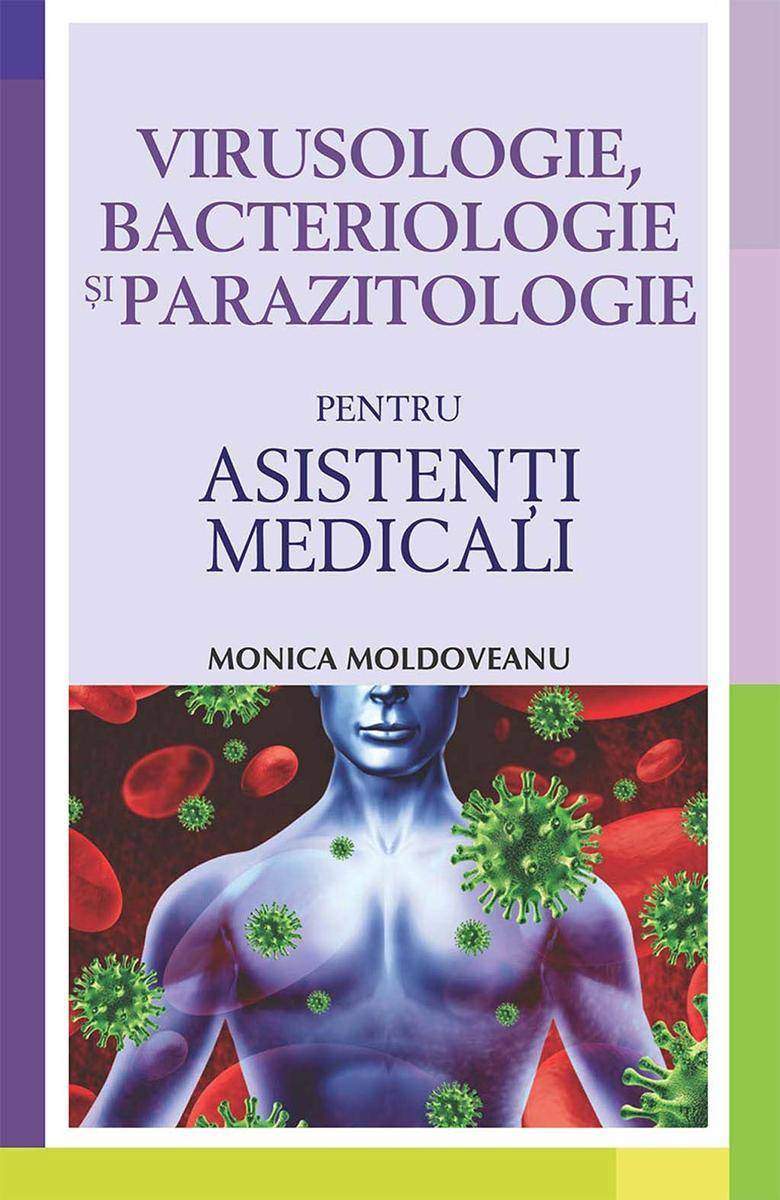
Virusologie, bacteriologie ?i parazitologie pentru asisten?i medicali
¥65.32
Geriatrie ?i geropatologie pentru asisten?i medicali vine ?n sprijinul elevilor ?colilor postliceale sanitare, la baza sa afl?ndu-se nevoia de cunoa?tere ?i perfec?ionare a viitorului asistent medical. Cre?terea demografic? a popula?iei v?rstnice impune o bun? cunoa?tere a particularit??ilor v?rstei a treia, at?t de publicul larg, c?t mai ales de personalul sanitar.Aceast? lucrare respect? programa de preg?tire a asisten?ilor medicali, ad?ug?nd ?i o serie de informa?ii care s? confere o perspectiv? unitar? asupra particularit??ilor fiziologice, patologice ?i terapeutice ale v?rstei a treia. Sunt abordate aspectele medico-sociale complexe ale procesului de ?mb?tr?nire, dar ?i evenimente cu un important r?sunet ?n via?a psiho-afectiv? a individului, precum pensionarea sau integrarea v?rstnicului ?n institu?ii specializate.Abordarea medico-psiho-social? a problematicii v?rstnicului ofer? o viziune integrat? a informa?iei, util? at?t elevilor ?colilor sanitare, c?t ?i asisten?ilor medicali. Totodat?, poate fi considerat un ?ndrumar util ?i studen?ilor facult??ilor de medicin? general? ?i farmacie, asisten?ilor sociali, psihologilor, medicilor de familie sau de alte specialit??i etc.
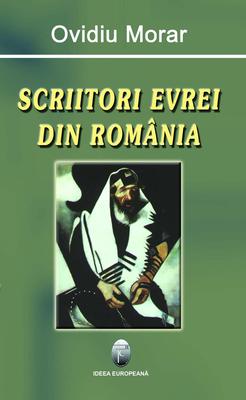
Scriitori evrei din Rom?nia
¥46.36
Pornind de la rezultatele unor cercet?ri ?i experimente ?ndelungate ?n domeniul alimenta?iei, F?nic?-Voinea Ene, renumit specialist ?n medicin? complementar?, ne demonstreaz? c? numai o diet? naturist? ne poate conduce spre o pierdere ?n greutate lesnicioas?, cu pu?ine frustr?ri ?i f?r? s? ne afecteze s?n?tatea, fiindc? ea presupune consumul alimentelor integrale, a?a cum se g?sesc ele pe planeta aceasta de milioane de ani, ?i care au suferit pu?ine prelucr?ri termice sau chimice. Este o diet? bazat? pe respectarea unor reguli specifice: meniul zilnic trebuie s? con?in? numai alimente cu calorii negative, trebuie s? se consume doar ape minerale alcaline plate ?i alimente alcaline; se pune accent pe consumul de gr?simi nesaturate, carbohidra?i cu indice glicemic sc?zut, nu trebuie s? se utilizeze nutrimente glucido-lipidice ?i nici asocieri de glucide cu lipide la aceea?i mas?...




 购物车
购物车 个人中心
个人中心



